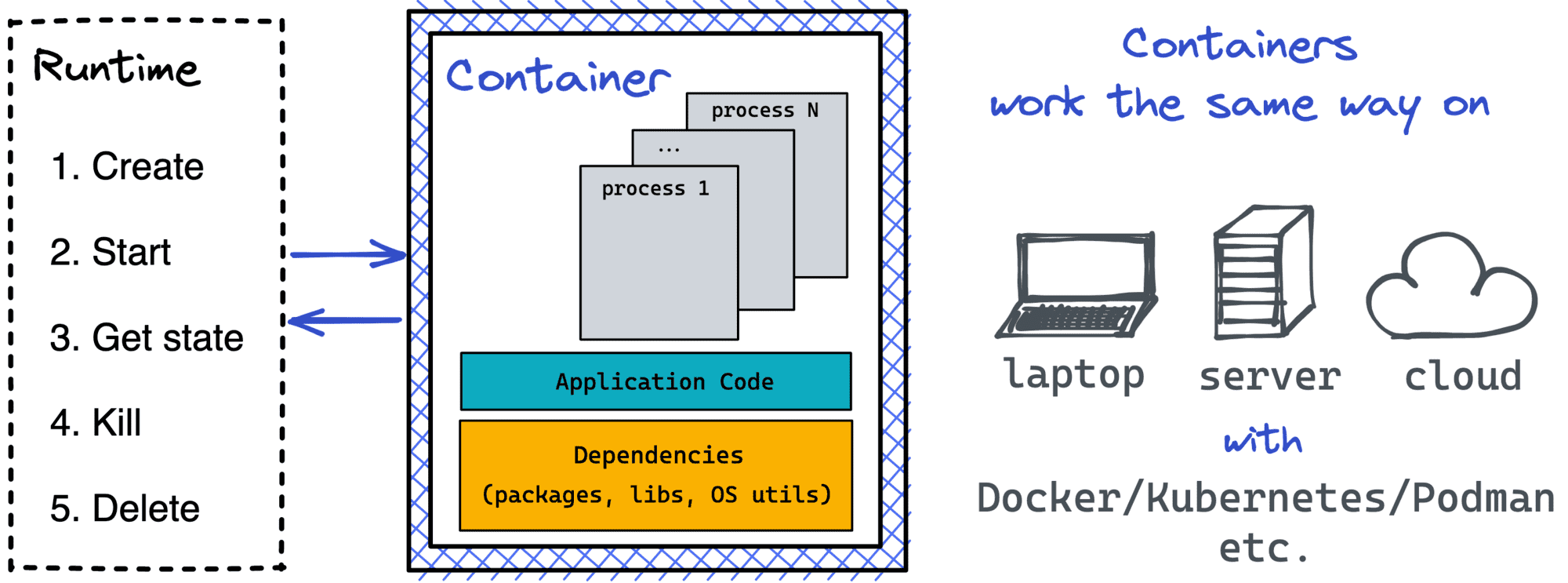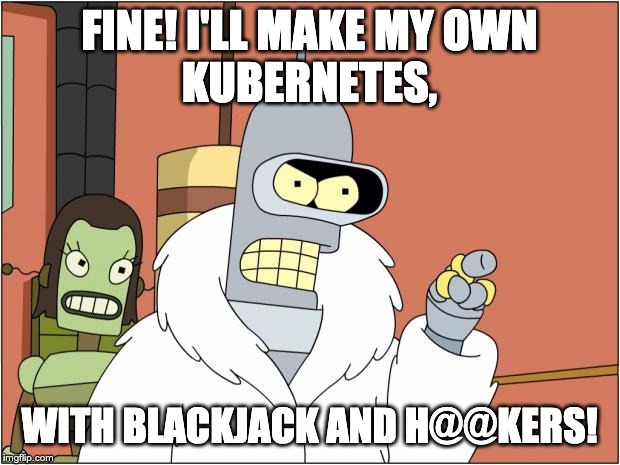Kubernetes has become the lingua franca for many of us tinkering with infrastructure. To a large extent, it happened due to the portable API that Kubernetes came up with to manage server resources. Much like POSIX defined a standard way to consume a single computer's resources, the Kubernetes API enabled the consumption of data center resources in a provider-agnostic manner.
This is a WiP series on working with the Kubernetes API from the command line and from code:
- The series starts with an overview of the most fundamental API concepts.
- Explains the much-needed basics like Resource, Kind, and Object.
- Touches upon the API structure and terminology.
- Has a ton of practical examples of how to access and extend the API.
The series also can help the reader understand the contemporary Kubernetes API clients (Go and Rust), starting from the basic REST functionality and ending with advanced abstractions like Informers and Work Queues, so it'll be useful for folks writing all sorts of Kubernetes automation including custom operators and controllers.
Read more









